Comments / Questions (120)
![]() Sylvie wrote:
Sylvie wrote:
Bonjour. Je tricote ce modèle en S et je ne comprends pas comment je dois tricoter A10 pour les manches. Cory
29.06.2024 - 19:29DROPS Design answered:
Bonjour Sylvie, le diagramme A.10 en taille S se tricote sur 10 mailles: 2 m envers et 6 m endroit (ou torsade en fonction des rangs). Bon tricot!
01.07.2024 - 08:43
![]() Chelsea wrote:
Chelsea wrote:
Hallo, Ik zit vast met het vermeerderen van steken in de mouwen. Ik heb dus de 1ste vermeerdering gedaan, maar nu moet ik A9 beginnen (in maat xxl) dus die beginnen met de kleine kabel. Als ik dit doe met de vermeerderde steek en de 1ste van A9 schuift heel het patroon toch op? Of doe ik de vermeerderde steken in A4 tot ik een volledige A9 kan maken? Alvast bedankt!
28.06.2024 - 21:58DROPS Design answered:
Dag Chelsea,
Je laat het patroon zo ver mogelijk door lopen onder de mouwen en de steken die niet in patroon passen brei je in tricotsteek. Dus zorg ervoor dat de steken van het telpatroon over de rest van de mouw steeds mooi boven elkaar blijven.
02.07.2024 - 22:09
![]() Barbro Tengberg wrote:
Barbro Tengberg wrote:
Hej! Tack för snabbt och förklarande svar. Jag har minskat 4 m i stället för 8 vid varje tillfälle för raglan. Hälsninga Barbro
03.06.2024 - 15:13
![]() Barbro Tengberg wrote:
Barbro Tengberg wrote:
Tack för snabbt och förklarande besked. Jag har minskat för lite för raglan, bara minskat 4 m i stället för 8 m vid varje tillfälle. Hälsningar Barbro
03.06.2024 - 15:10
![]() Barbro Tengberg wrote:
Barbro Tengberg wrote:
När jag maskat av för hals och satt 54 m på tråd har jag 66 m till ärmarna och 80 m till bakstycke och 26 m till framstycke, totalt 172 m. Enligt beskrivningen skall jag ha 116 m, storlek XXL. Vad har jag gjort för fel?
31.05.2024 - 15:39DROPS Design answered:
Hei Barbro. Usikker på hvor det ha blitt feil hos deg, men i XXL startet du med 500 masker så felles det til raglan (8 felte masker pr. felle omgang 40 ganger = 320 masker til raglan). 500 - 320= 180 masker. Deretter felles det 10 masker jevnt fordelt over de midterste 32 masker foran (= 180-10= 170 masker). Sett de 46 midterste maskene til hals på en tråd = 170 - 46 = 124 masker. Så felles det av til hals på begynnelsen av hver pinne fra halsen slik, 2 masker 1 gang og 1 maske 2 ganger i hver side = 8 felte masker = 124 - 8 = 116 masker. mvh DROPS Design
03.06.2024 - 13:17
![]() Katja wrote:
Katja wrote:
Hallo, ich möchte gerne diesen Pullover in Gr. L stricken und habe zwei Fragen: 1. Warum werden nach dem Bündchen so viele Maschen abgenommen, wo man doch eigentlich nach dem Bündchen zunimmt und 2. Kann ich auch einfach ein klassisches Rippenbündchen stricken und danach mit dem Muster beginnen? Wie viele Maschen muss ich dann für Gr. L aufnehmen. Danke für eine kurzfristige Anwort! VG Katja
25.05.2024 - 16:34DROPS Design answered:
Liebe Katja, man braucht mehr Maschen für Bündchen mit den kleineren Nadeln als mit dem Muster/Glattrechts mit den grösseren Nadeln, sollte Ihre Maschenprobe stimmen dann schlagen Sie die 304 Maschen und stricken Sie Rippenmuster + Diagram genauso wie für diese Grösse beschrieben, dann nach dem Bündchen wird es im Rippenmuster bzw in den Diagrammen abgenommen so hat man die richtige Maschenanzahl (270) für das Muster für Rumpfteil und die Diagrammen liegen dann schön über die Bündchen. Viel Spaß beim Stricken!
27.05.2024 - 08:12
![]() Sylvie wrote:
Sylvie wrote:
Bonjour. J’ai tricoté un pull en Karisma en aiguilles 4 et mon échantillon était ok mais le pull s’est élargi après lavage. J’ai vu que sur certains modèles il est recommandé des aiguilles 3,5 ou 3. Est ce que ceci est plus judicieux que du 4 pour une meilleure tenue ? Cordialement
20.05.2024 - 08:17DROPS Design answered:
Bonjour Sylvie, il faut toujours bien veiller à votre échantillon, et adapter la taille des aiguilles si besoin, puis lors du lavage bien respecter les consignes de l'étiquette et les conseils que vous retrouvez sur le nuancier, sous l'onglet "entretien", après les couleurs. Retrouvez encore plus de conseils ici. Bon tricot!
21.05.2024 - 13:11
![]() Gunn Brevik wrote:
Gunn Brevik wrote:
Jeg skal starte på denne og begynner med erme. Det starter med strikk A.4 over den første masken. Men A4 består av 2 masker. Jeg har 75 masker, men om jeg skal følge beskrivelsen og strikke to masker i A.4 så blir det 76 masker. Kan dere forklare starten mtp A.4? På forhånd takk!
25.04.2024 - 16:39DROPS Design answered:
Hej Gunn, ØKETIPS (gjelder midt under ermet): Øk 2 masker midt under ermet ved å lage 1 kast om pinnen på hver side av masken med merke i. Strikk slik fra starten av omgangen: Strikk masken med merke i (denne masken strikkes alltid som første maske i A.4), lag 1 kast om pinnen, strikk mønster som før frem til masken med merke i, lag 1 kast om pinnen (= 2 masker økt). På neste omgang strikkes kastene vridd, slik at det ikke blir hull. Videre strikkes de økte maskene fortløpende inn A.9/A.10 til du får plass til hele rapporten, deretter strikkes de neste økte maskene i A.4.
26.04.2024 - 13:47
![]() Heidi Schmitt wrote:
Heidi Schmitt wrote:
Warum muss ich bei dem Modell ICE Island für das Bündchen erst so viele Maschen aufnehmen, und dann so viele in der ersten Reihe wieder abnehmen? Kann ich nicht gleich die letztlich benötigte Maschenzahl nehmen und das Bündchen gerade hoch stricken?
24.04.2024 - 19:08DROPS Design answered:
Liebe Frau Schmitt, damit der untere Rand nicht so eng wird, muss man für die gleiche Breite bzw den gleichen Umfang mehr Maschen für das Bündchen mit den kleineren Nadeln als für das Muster mit den grösseren Nadeln. Beachten Sie, daß Ihre Maschenprobe stimmt, so stimmen die fertigen Maßen genauso wie bei der Skizze. Viel Spaß beim Stricken!
25.04.2024 - 07:53
![]() Aukusti Mäki wrote:
Aukusti Mäki wrote:
Aiempaan kysymykseeni tarkennus: tarkistin pituuden uudestaan ja nyt työn pituus resori mukaan lukien on 53cm. Raglankavennuskerroksia on nyt 20 tehtynä.
30.03.2024 - 09:40
Ice Island#iceislandsweater |
|||||||||||||||||||||||||||||||
 |
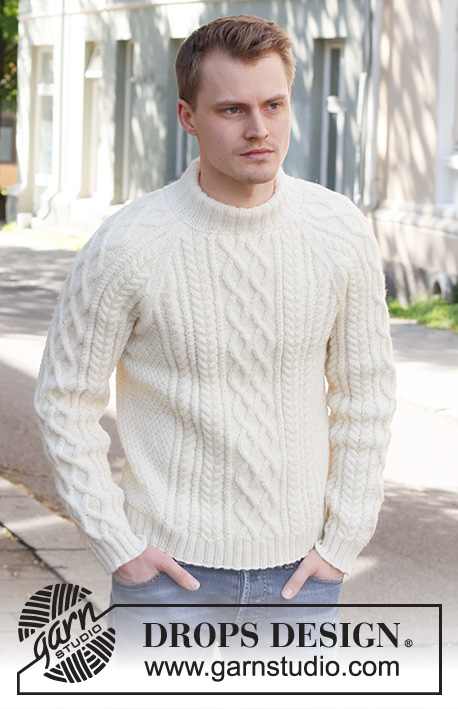 |
||||||||||||||||||||||||||||||
Knitted jumper for men in DROPS Karisma. The piece is worked with raglan, cables and double neck. Sizes S - XXXL.
DROPS 224-10 |
|||||||||||||||||||||||||||||||
|
------------------------------------------------------- EXPLANATIONS FOR THE PATTERN: ------------------------------------------------------- KNITTING TIP: In sizes XL, XXL and XXXL, there will be 4 purl stitches next to each other when A.1 is worked 2 times in width. So the rib will match under A.5/A.8, which is worked after the rib. PATTERN: See diagrams A.1 to A.10. The diagrams show all rows in the pattern from the right side. DECREASE/INCREASE TIP (evenly spaced): To work out how to decrease/increase evenly, count the number of stitches to be decreased/increased over (e.g. 23 stitches), and divide by the number of decreases/increases to be made (e.g. 6) = 3.8. In this example, decrease by knitting together approx. each 3rd and 4th stitch. When increasing, make 1 yarn over after approx. each 4th stitch. On the next round work the yarn overs twisted to avoid holes. INCREASE TIP (sleeves): Increase 2 stitches under the sleeve by making 1 yarn over on each side of the marker-stitch as follows: Work the marker-stitch (always the first stitch in A.4), 1 yarn over, pattern as far as the marker-stitch, 1 yarn over (= 2 stitches increased). On the next round work the yarn overs twisted to avoid holes. Then work the new stitches into A.9/A.10 until you have room for a complete repeat, then work the stitches in A.4. RAGLAN: Decrease to raglan on each side of the marker, in each transition between body and sleeves as follows. FROM RIGHT SIDE: AFTER THE MARKER: Knit 1, slip 1 stitch as if to knit, knit 1 and pass the slipped stitch over the knitted stitch (= 1 stitch decreased) BEFORE THE MARKER: Work until there are 3 stitches left before the marker, knit 2 together, knit 1 (= 1 stitch decreased). FROM WRONG SIDE: AFTER THE MARKER: Purl 1, purl 2 together (= 1 stitch decreased) BEFORE THE MARKER: Work until there are 3 stitches left before the marker, purl 2 twisted together, purl 1 (= 1 stitch decreased). ------------------------------------------------------- START THE PIECE HERE: ------------------------------------------------------- JUMPER – SHORT OVERVIEW OF THE PIECE: The body is worked in the round with circular needle as far as the armholes. The sleeves are worked in the round with double pointed needles/short circular needle, bottom up. The body and sleeves are placed on the same circular needle and the yoke worked, decreasing to raglan at the same time. Stiches are cast off for the neck mid-front and the piece continued back and forth. The neck is worked to finish. BODY: Cast on 272-288-304-344-360-392 stitches with circular needle size 3.5 mm and DROPS Karisma. Knit 1 round. Then work the following rib: Purl 1, knit 2, * purl 2, knit 2 *, work from *-* over the next 20-24-28-24-28-36 stitches, work A.1 over the next 14-14-14-28-28-28 stitches (= 1-1-1-2-2-2 repeats of 14 stitches – read KNITTING TIP), A.2 (= 18 stitches), A.3 (= 26 stitches), A.2, A.1 over the next 14-14-14-28-28-28 stitches (= 1-1-1-2-2-2 repeats of 14 stitches – read KNITTING TIP), * knit 2, purl 2 *, work from *-* over the next 44-52-60-52-60-76 stitches, knit 2, A.1 over the next 14-14-14-28-28-28 stitches – remember KNITTING TIP, A.2, A.3, A.2, A.1 over the next 14-14-14-28-28-28 stitches – remember KNITTING TIP, * knit 2, purl 2 *, work from *-* over the next 20-24-28-24-28-36 stitches, knit 2 and purl 1. Continue this rib – NOTE: In diagrams A.2 and A.3 repeat the first 2 rounds onwards. When 1 round remains before the piece measures 5 cm, decrease stitches as follows: Work stocking stitch over the first 23-27-31-27-31-39 stitches and decrease 6-6-6-6-6-8 stitches evenly over these stitches – read DECREASE/INCREASE TIP, work A.1 as before over the next 14-14-14-28-28-28 stitches, work the last round in A.2 (= 18 stitches, 1 stitch decreased), work the last round in A.3 (= 26 stitches, 2 stitches decreased), work the last round in A.2 (= 18 stitches, 1 stitch decreased), A.1 as before over the next 14-14-14-28-28-28 stitches, work stocking stitch over the next 46-54-62-54-62-78 stitches and decrease 13-13-13-13-13-17 stitches evenly over these stitches, A.1 as before over the next 14-14-14-28-28-28 stitches, work the last round in A.2 (= 18 stitches, 1 stitch decreased), work the last round in A.3 (= 26 stitches, 2 stitches decreased), work the last round in A.2 (= 18 stitches, 1 stitch decreased), A.1 as before over the next 14-14-14-28-28-28 stitches, work stocking stitch over the last 23-27-31-27-31-39 stitches and decrease 7-7-7-7-7-9 stitches evenly over these stitches = 238-254-270-310-326-350 stitches. The rib is now finished. Insert 1 marker in the first stitch and 1 marker in the 120th-128th-136th-156th-164th-176th stitch (= sides). Allow these markers to follow your work onwards; they are used when casting off for the armholes. Change to circular needle size 4.5 mm. Work the next round as follows: A.4 over the first 17-21-25-21-25-31 stitches, A.5 over the next 14-14-14-28-28-28 stitches (= 1-1-1-2-2-2 repeats of 14 stitches), A.6 (= 17 stitches), A.7 (= 24 stitches), A.6, A.8 over the next 14-14-14-28-28-28 stitches (= 1-1-1-2-2-2 repeats of 14 stitches), A.4 over the next 33-41-49-41-49-61 stitches (marker sits in the middle of these stitches), A.5 over the next 14-14-14-28-28-28 stitches, A.6, A.7, A.6, A.8 over the next 14-14-14-28-28-28 stitches and A.4 over the last 16-20-24-20-24-30 stitches. Continue this pattern. REMEMBER THE KNITTING TENSION! When the piece measures 36 cm in all sizes, cast off for the armholes as described below. There is approx. 26-28-30-32-34-36 cm left to finished length. Adjust so that next round is an odd numbered row in the diagrams, and cast off the first 6-6-7-7-8-8 stitches, continue the pattern until there are 5-5-6-6-7-7 stitches left before the second marker-stitch, cast off 11-11-13-13-15-15 stitches, work until there are 5-5-6-6-7-7 stitches left on the round and cast off 5-5-6-6-7-7 stitches = 108-116-122-142-148-160 stitches on the front piece and 108-116-122-142-148-160 stitches on the back piece. Cut the strand. Lay the piece to one side and work the sleeves. SLEEVES: Cast on 56-60-60-64-64-68 stitches with double pointed needles size 3.5 mm and DROPS Karisma. Knit 1 round, then work rib in the round (knit 2, purl 2) for 5 cm. Knit 1 round where you increase 19-15-15-19-19-15 stitches evenly spaced – remember DECREASE/INCREASE TIP = 75-75-75-83-83-83 stitches. Insert 1 marker in the first stitch – allow the marker to follow your work onwards; it is used when increasing under the sleeve. Change to double pointed needles size 4.5 mm. Work the next round with pattern as follows: A.4 over the first stitch (marker-stitch), A.9 (= 8-8-8-12-12-12 stitches – start the diagram by the mark for your size and work from right to left), A.6 (= 17 stitches), A.7 (= 24 stitches), A.6, A.10 (= 8-8-8-12-12-12 stitches – start at the first stitch in A.10 and work from right to left as far as the mark for your size). Continue this pattern. When the piece measures 8-10-7-8-9-6 cm, increase 2 stitches under the sleeve – read INCREASE TIP. Increase like this every 4-2½-2½-2½-2-2 cm a total of 11-15-17-15-17-19 times = 97-105-109-113-117-121 stitches – NOTE: The increased stitches are first worked in A.9/A.10 until there is room for a complete repeat, then worked in A.4. Continue working until the sleeve measures approx. 51-49-48-46-45-43 cm (shorter measurements in larger sizes due to wider neck and longer yoke). Try the sleeve on and work to desired length. Adjust so that the next round is an odd numbered row in the diagrams and cast off for the armhole as follows: Cast off the first 6-6-7-7-8-8 stitches, work as before until there are 5-5-6-6-7-7 stitches left and cast off the last 5-5-6-6-7-7 stitches = 86-94-96-100-102-106 stitches. Cut the strand. Work the other sleeve in the same way. YOKE: Place the sleeves on the same circular needle size 4.5 mm as the body, where stitches were cast off for the armholes (without working the stitches) = 388-420-436-484-500-532 stitches. Insert a marker thread in each transition between the body and sleeves = 4 marker threads. Allow the threads to follow your work onwards; they are used when decreasing to raglan. Start at the transition between the back piece and the left sleeve – you can insert a marker here to show the start of the round. Continue the pattern as before, with 2 stitches in stocking stitch on each side of all 4 marker threads. OVERVIEW OF THE NEXT SECTION: On the next round start to decrease to raglan; you will also cast off stitches for the neck mid-front and finish working back and forth from mid-front. When there are not enough stitches for the cables, work stocking stitch over these stitches. Read RAGLAN and NECK before continuing. RAGLAN: Decrease to RAGLAN on each side of all 4 marker threads – read description above. Decrease every 2nd round a total of 24-27-30-32-36-38 times, then every round 7-7-6-7-4-4 times. NECK: When the piece measures 55-57-59-60-62-64 cm (adjust so the next round is an odd round in the diagrams), decrease 6-6-6-10-10-10 stitches evenly over the middle 24-24-24-32-32-32 in front – remember DECREASE/INCREASE TIP. Then place the middle 30-32-34-42-46-54 stitches on a thread for the neck. Work to the beginning of the round. Cut the strand. Start from the wrong side, by the neck and continue the pattern back and forth. AT THE SAME TIME cast off at the beginning of each row from the neck as follows: 2 stitches 1 time and 1 stitch 1-1-1-2-2-2 times on each side. After all the decreases to raglan and neck there are 98-104-102-112-116-124 stitches on the needle. Cut the strand. DOUBLE NECK: Start mid-back and knit up 134-142-142-162-170-186 stitches around the neck (including the stitches on the thread and on the needle) with short circular needle size 3.5 mm and DROPS Karisma. On the next round decrease stitches to avoid the neck being too loose – knit 1 round and decrease to 104-108-112-116-120-124 stitches evenly spaced. Purl 1 round and knit 1 round. Work the next round as follows: Knit 1, * purl 2, knit 2 *, work from *-* until there are 3 stitches left, purl 2 and knit 1. Continue this rib until the neck measures 8-8-8-10-10-10 cm. On the next round increase all purl-2 to purl-3 by making 1 yarn over after each purled section (the yarn overs are purled twisted on the next round to avoid holes). Continue working until the neck measures 11-11-11-13-13-13 cm. Switch to circular needle size 4.5 mm and cast off loosely with knit over knit and purl over purl. Fold the neck double to the inside and sew down. To avoid the neck being tight and rolling outwards, it is important that the seam is elastic. ASSEMBLY: Sew the opening under each sleeve. |
|||||||||||||||||||||||||||||||
Diagram explanations |
|||||||||||||||||||||||||||||||
|
|||||||||||||||||||||||||||||||
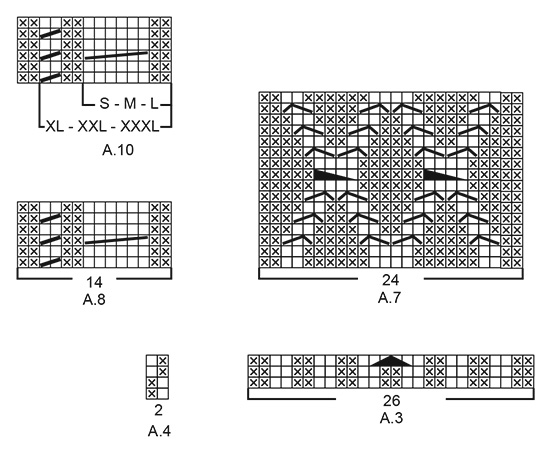
|
|||||||||||||||||||||||||||||||
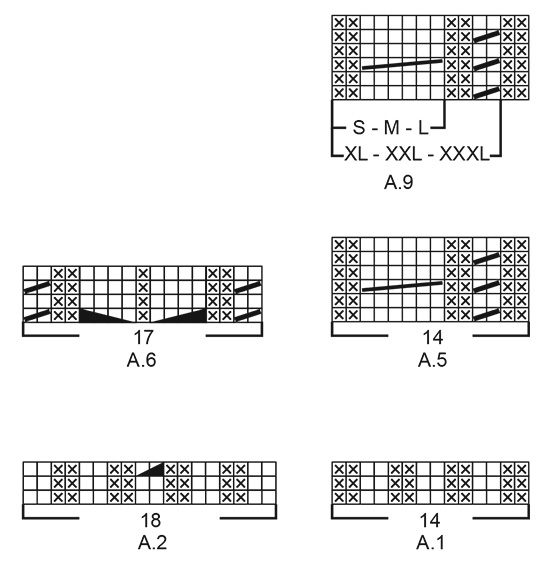
|
|||||||||||||||||||||||||||||||
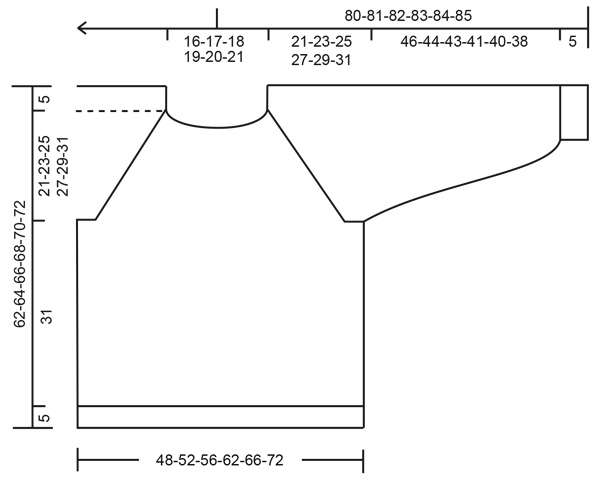
|
|||||||||||||||||||||||||||||||
Have you finished this pattern?Tag your pictures with #dropspattern #iceislandsweater or submit them to the #dropsfan gallery. Do you need help with this pattern?You'll find 28 tutorial videos, a Comments/Questions area and more by visiting the pattern on garnstudio.com. © 1982-2025 DROPS Design A/S. We reserve all rights. This document, including all its sub-sections, has copyrights. Read more about what you can do with our patterns at the bottom of each pattern on our site. |
|||||||||||||||||||||||||||||||







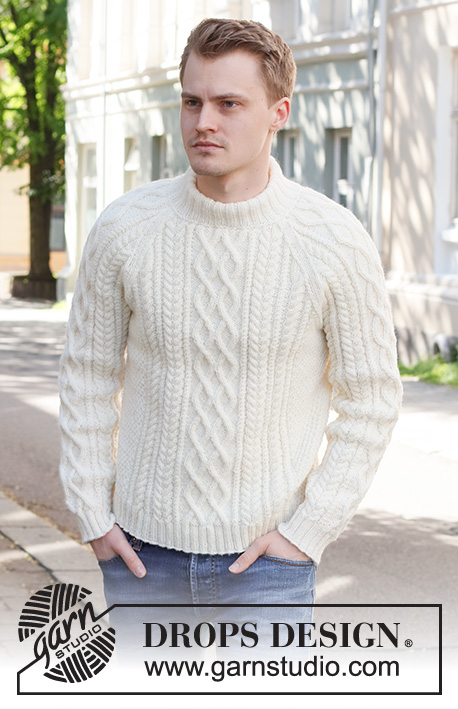
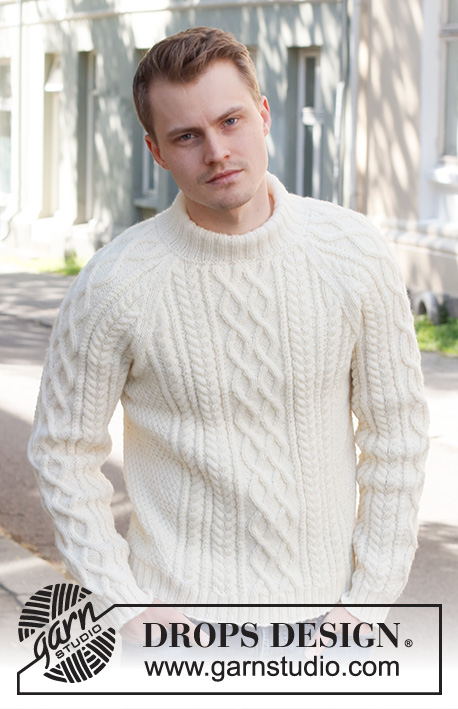
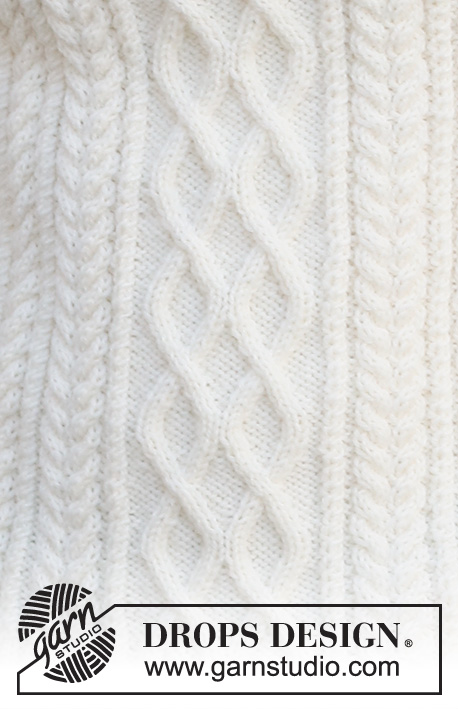


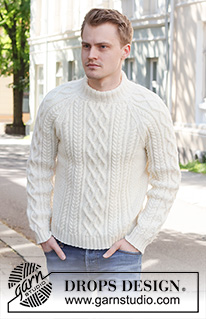
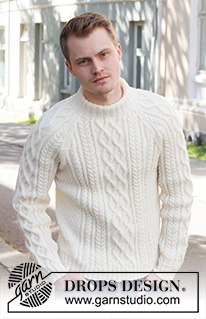
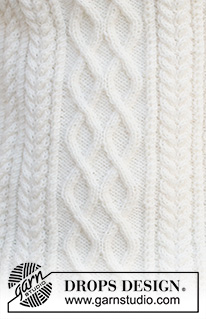

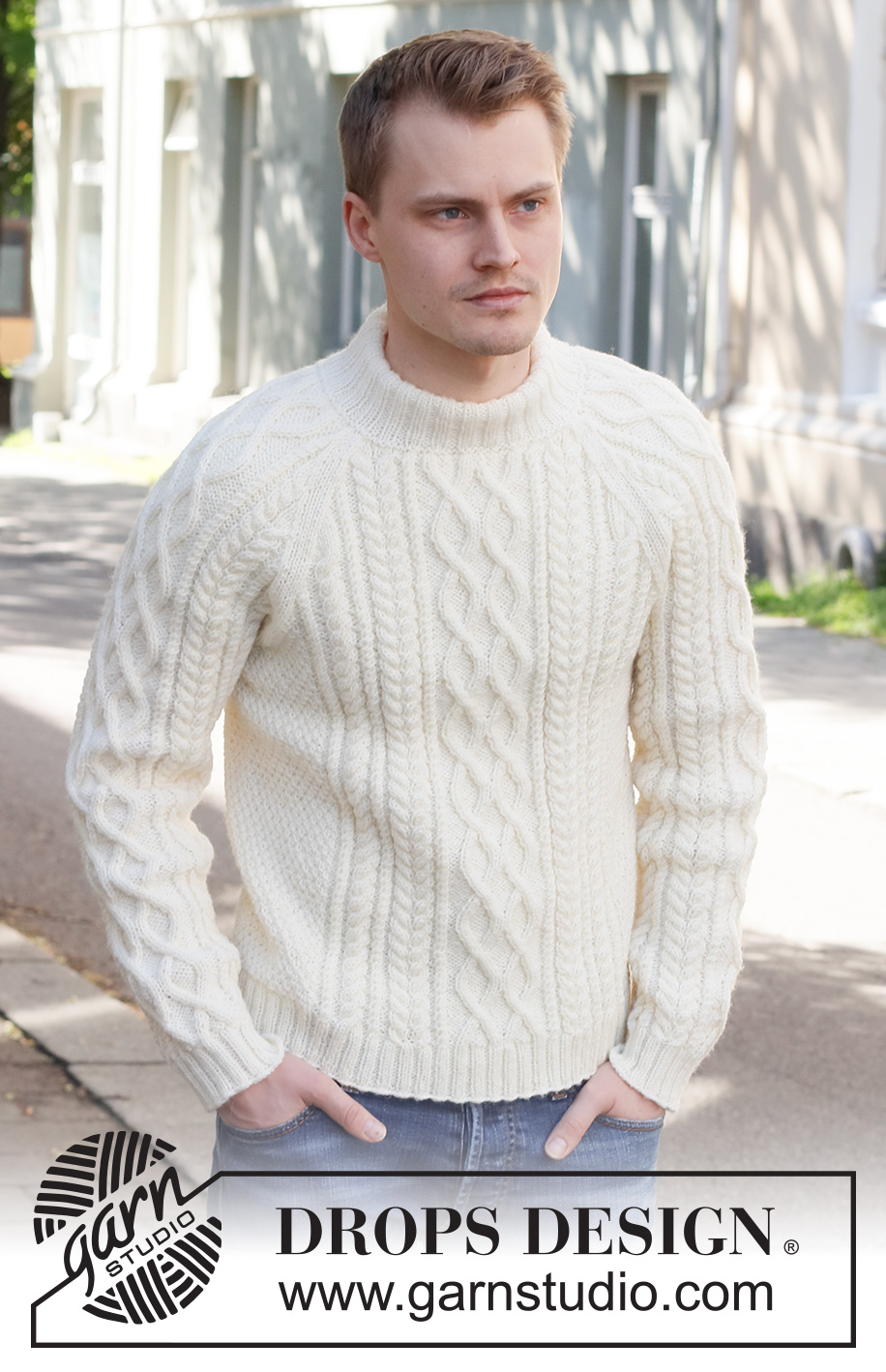
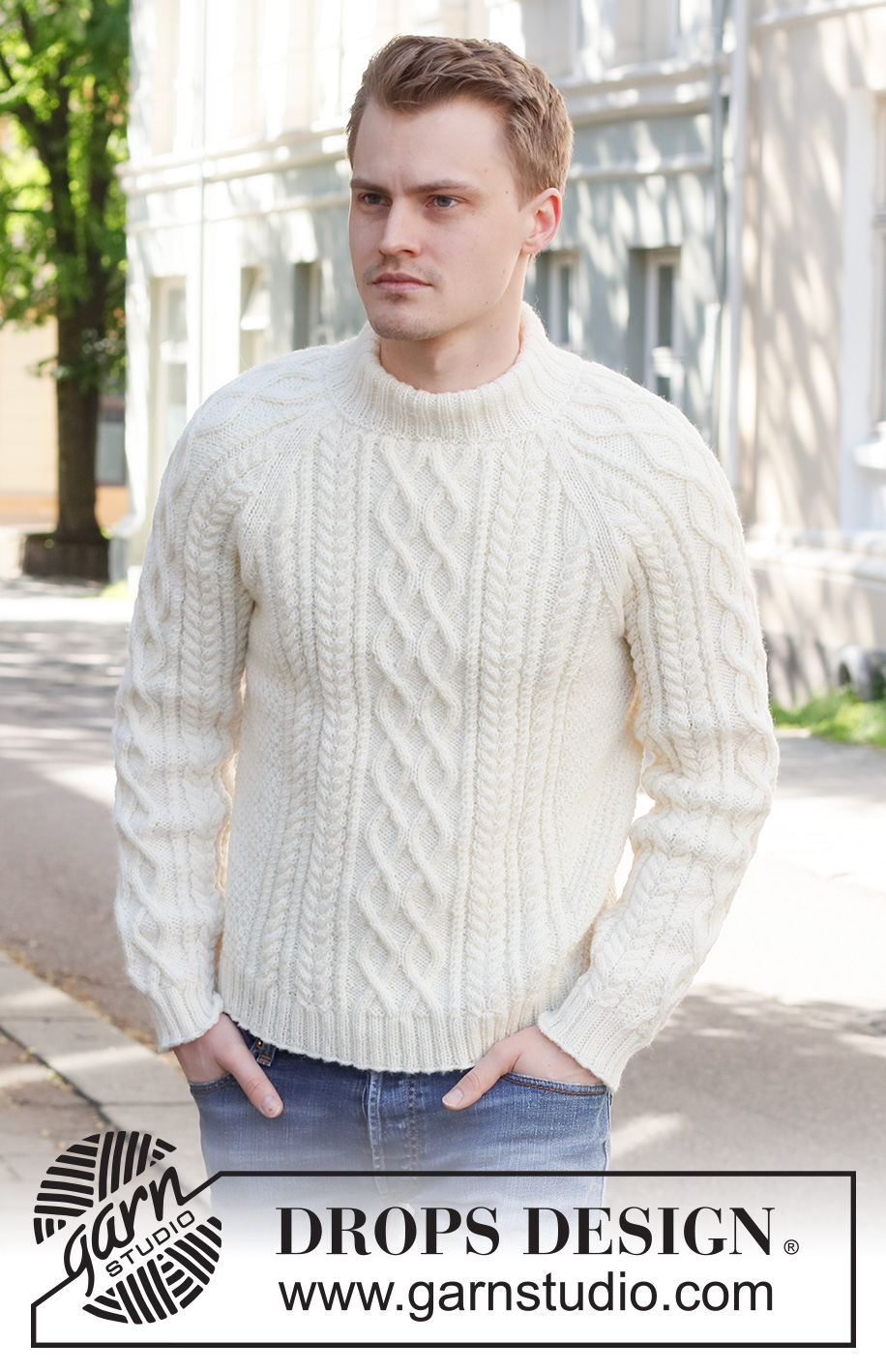
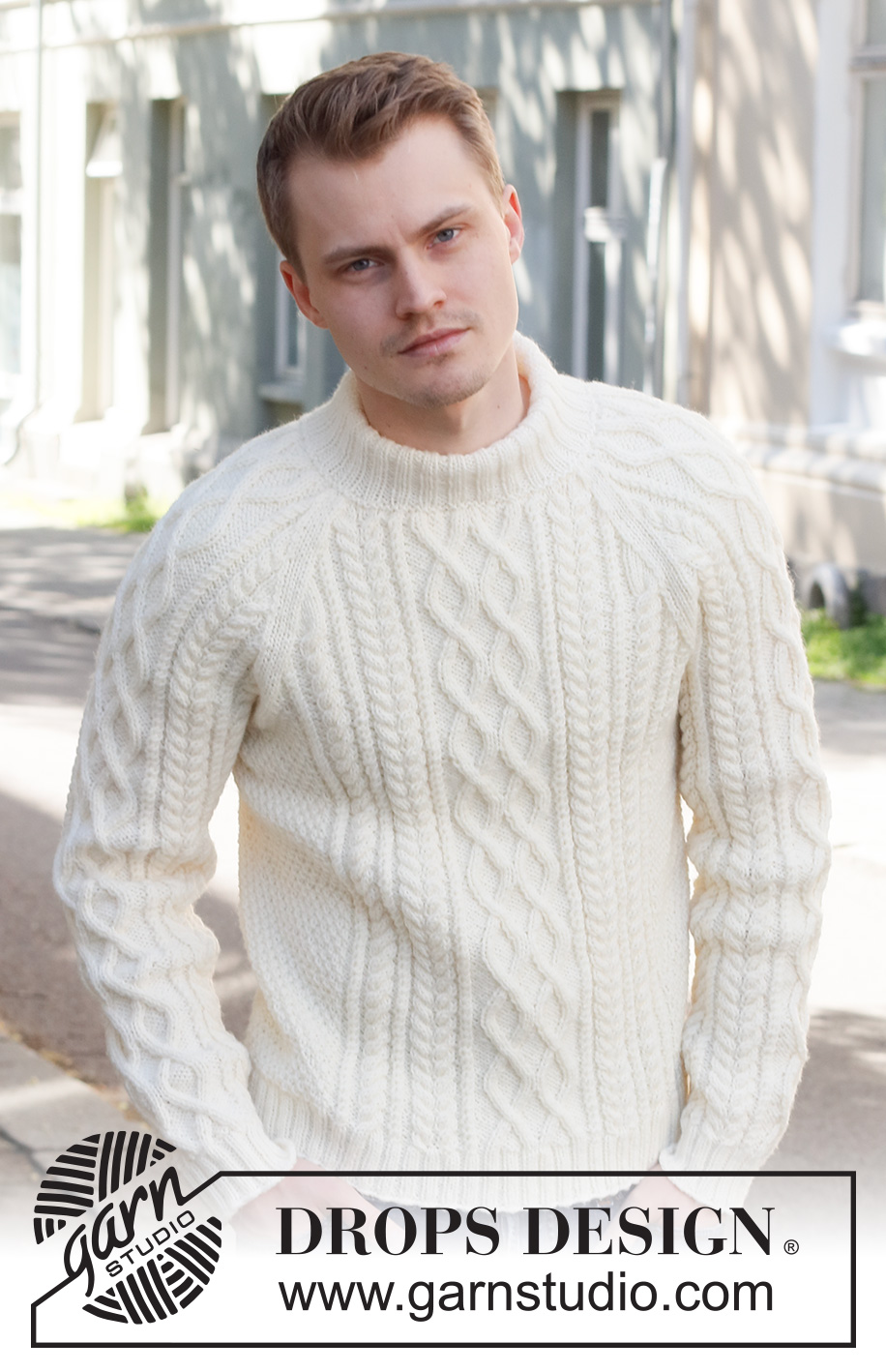


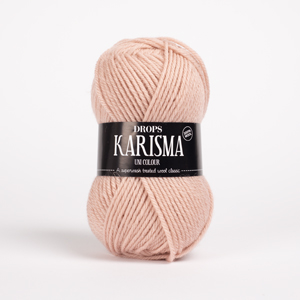



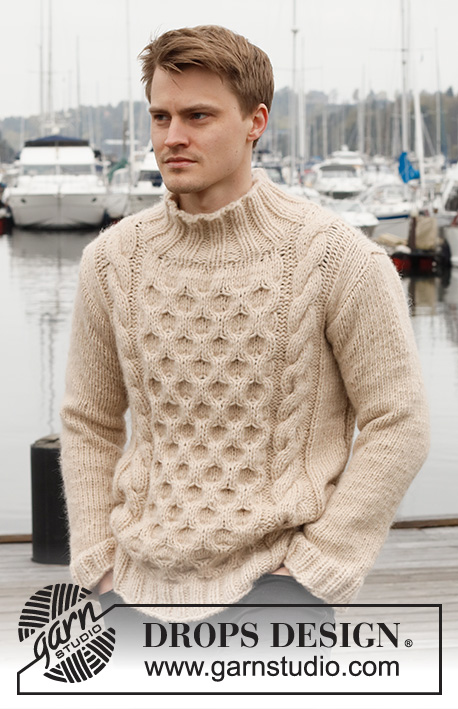
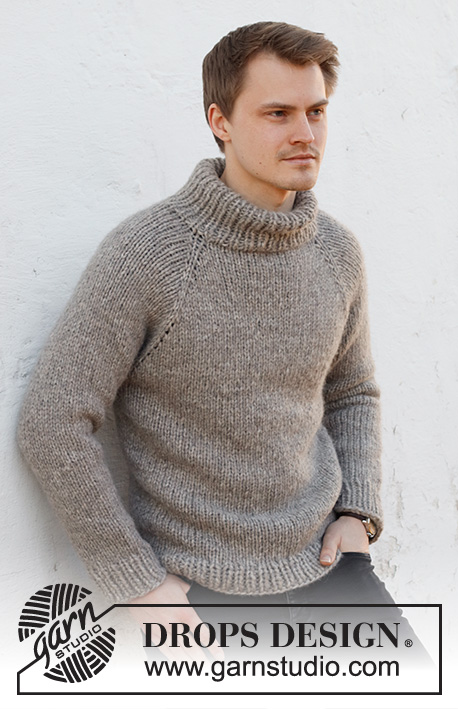




















































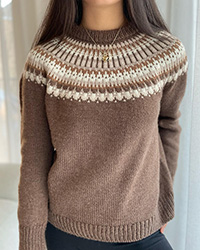
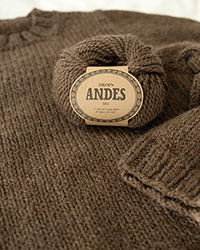
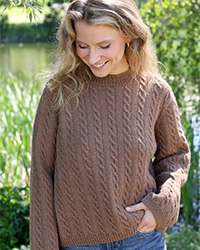
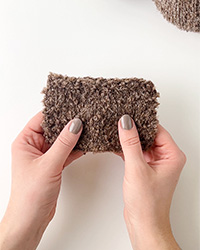

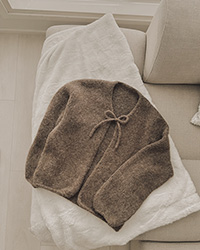
Post a comment to pattern DROPS 224-10
We would love to hear what you have to say about this pattern!
If you want to leave a question, please make sure you select the correct category in the form below, to speed up the answering process. Required fields are marked *.